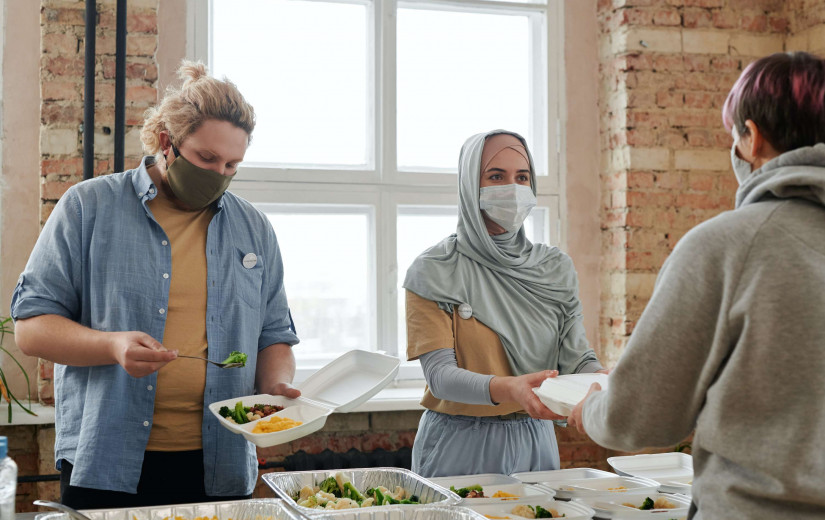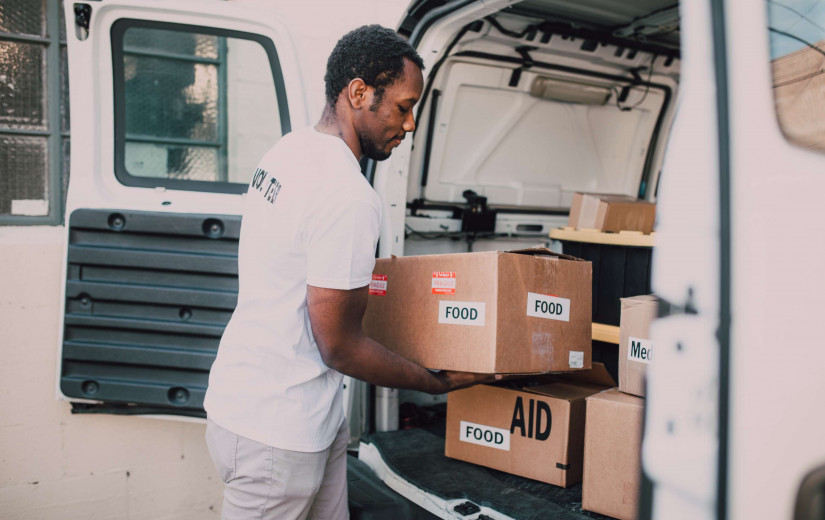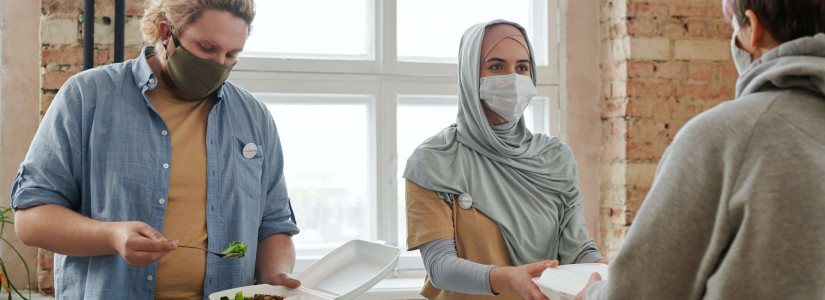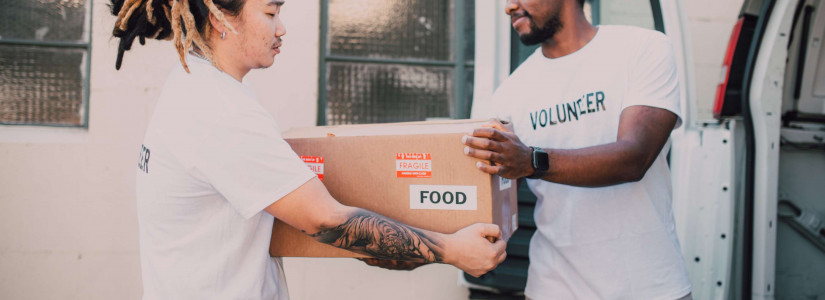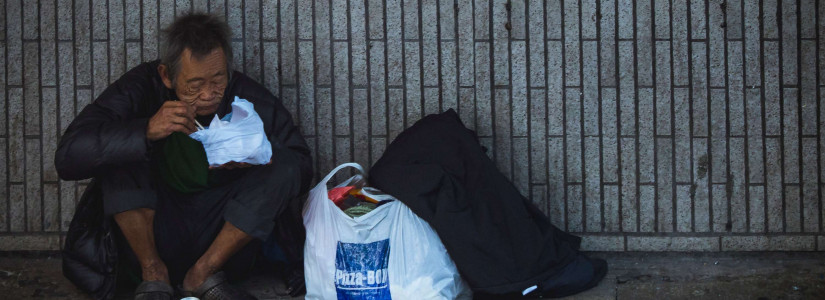CDC Data Reveals Women Disproportionately Suffer from Depression
The COVID-19 pandemic has caused a lot of people who never previously had depression to experience it. However, even before the pandemic, there were crisis levels of this mental health condition. The Centers for Disease Control and Prevention's National Center for Health Statistics conducted an annual study of more than 32,000 adults and 6,800 children in 2019. In results published on September 24, 2020, the researchers demonstrated that women were more likely than men to develop depression or anxiety. The study also showed that women were more likely to take medication and engage in cognitive behavioral therapy in order to improve their mental health.
Who Is Affected By Depression
The Centers for Disease Control and Prevention's National Center for Health Statistics' study showed that white and black adults experienced depression at similar rates. However, white adults were more likely to receive treatment. People who reported their ethnicity as Hispanic were the least likely to get treatment for their depression. For people of color, especially women of color, asking for help is a cultural taboo. Even if they have access to mental healthcare services, they feel ashamed, weak, embarrassed or otherwise unable to admit that they have a problem that is more than they can handle on their own.
How Personal Psychology Impacts a Person's Willingness to Seek Depression Treatment
There's a big stigma to seeking care for mental illness. People of color, women and especially women of color face an even bigger obstacle when they reach out for mental healthcare services. One woman surveyed by the Centers for Disease Control and Prevention's National Center for Health Statistics reported that she felt ostracized by her family when she told them she was taking an antidepressant. A counselor reported that her patients said they felt like they were supposed to be unbreakable.
Normalizing Mental Health Treatment
Several counselors are using data from the Centers for Disease Control and Prevention's National Center for Health Statistics to normalize mental health treatment. By showing how common depression is in women, especially women of color, they're demonstrating that each woman is not alone in her struggle. She doesn't have to be alone in her quest to feel better. There's no shame in seeking help for depression, just like there's no shame in seeking help for a lung infection or broken arm.
Cultural Mistrust
One of the reasons why several women from the Centers for Disease Control and Prevention's National Center for Health Statistics' survey didn't seek treatment for their depression was cultural mistrust. They explained that they had been ignored by doctors and counselors in the past, and they felt like trying to get help again would be a waste of their time. Several researchers who analyzed the data noted that the current assessment tests used for depression were developed on white people. In particular, they were developed for white men. Women may have different symptoms of depression, just like they often have different primary symptoms of a heart attack.
Symptoms That Aren't Obvious
The Centers for Disease Control and Prevention's National Center for Health Statistics study also found that depression often comes with physical symptoms that aren't obvious as a mental health condition. A person with depression might sleep too little or not enough. Countless other conditions are also associated with sleep problems. Weight gain and weight loss are associated with depression. These symptoms are also related to endocrine disorders, metabolic issues and hormone imbalances. People with depression may report more aches and pains, malaise and mild illnesses. These may be overlooked as depression symptoms and just thought of as normal.
Lack of Resources
Just like the COVID-19 pandemic made clear that the United States doesn't have a big enough hospital or medical supply production capacity to handle a pandemic, it also made clear that there aren't enough ways for people to access all types of healthcare services. People with COVID-19 symptoms found themselves unable to get a test or having to wait in long lines. This is similar to what people with mental health conditions face when they attempt to see a psychologist, psychiatrist or social worker for help.
More Attention Is Needed
The Centers for Disease Control and Prevention's National Center for Health Statistics data shows that mental health needs more resources. People, especially women of color, need readily available mental healthcare in a setting that's culturally appropriate. Making care easier to access will also help with erasing the stigma of depression.




